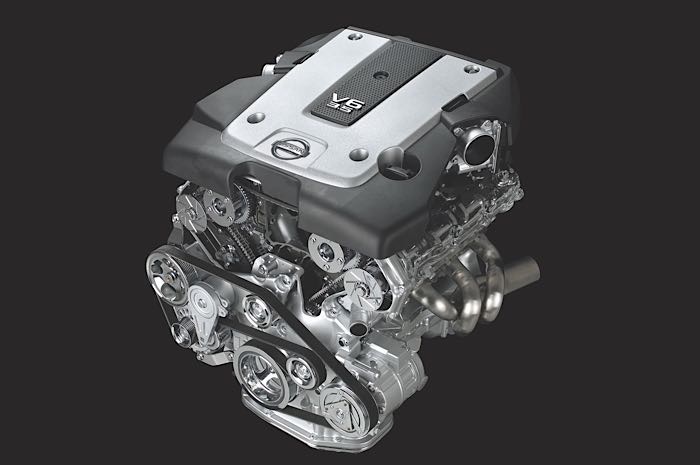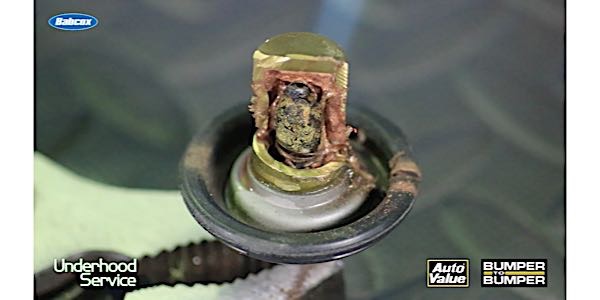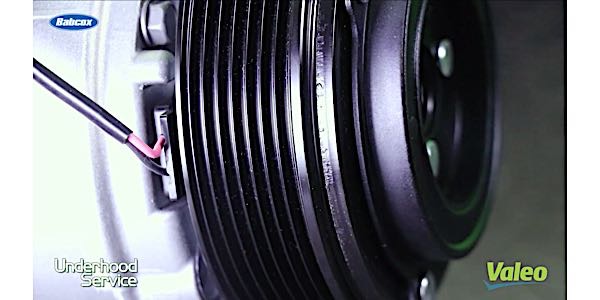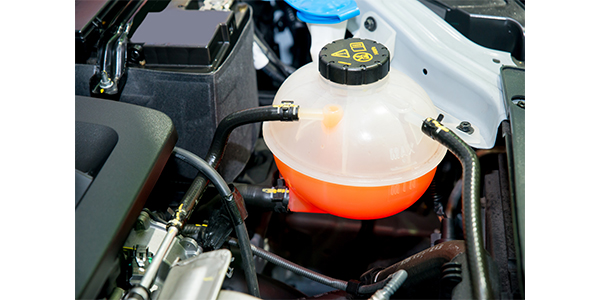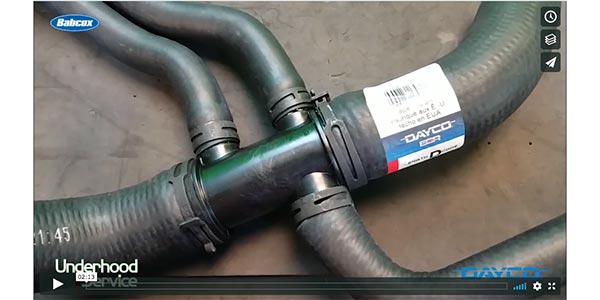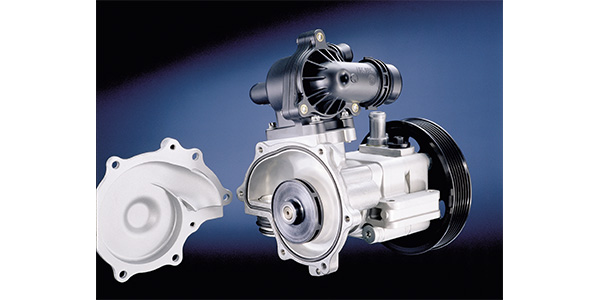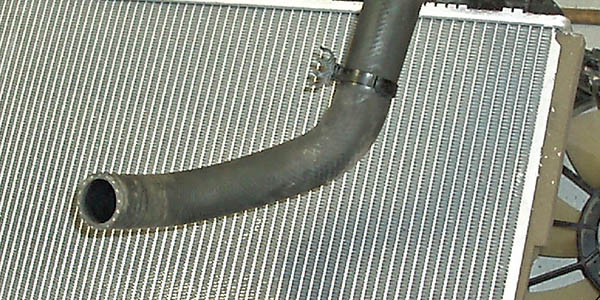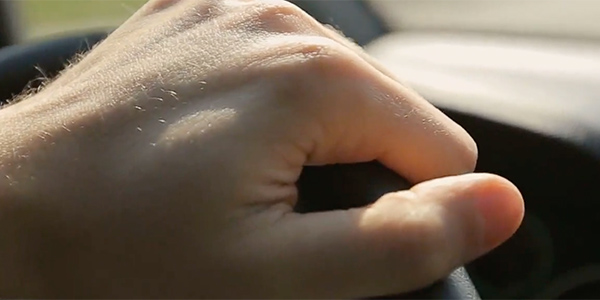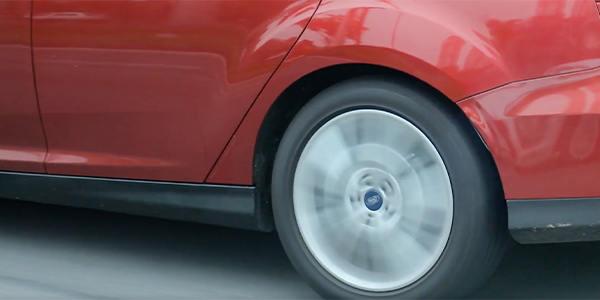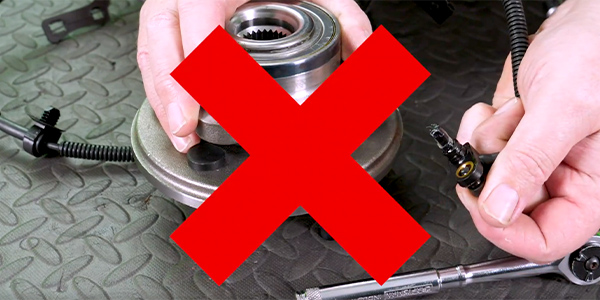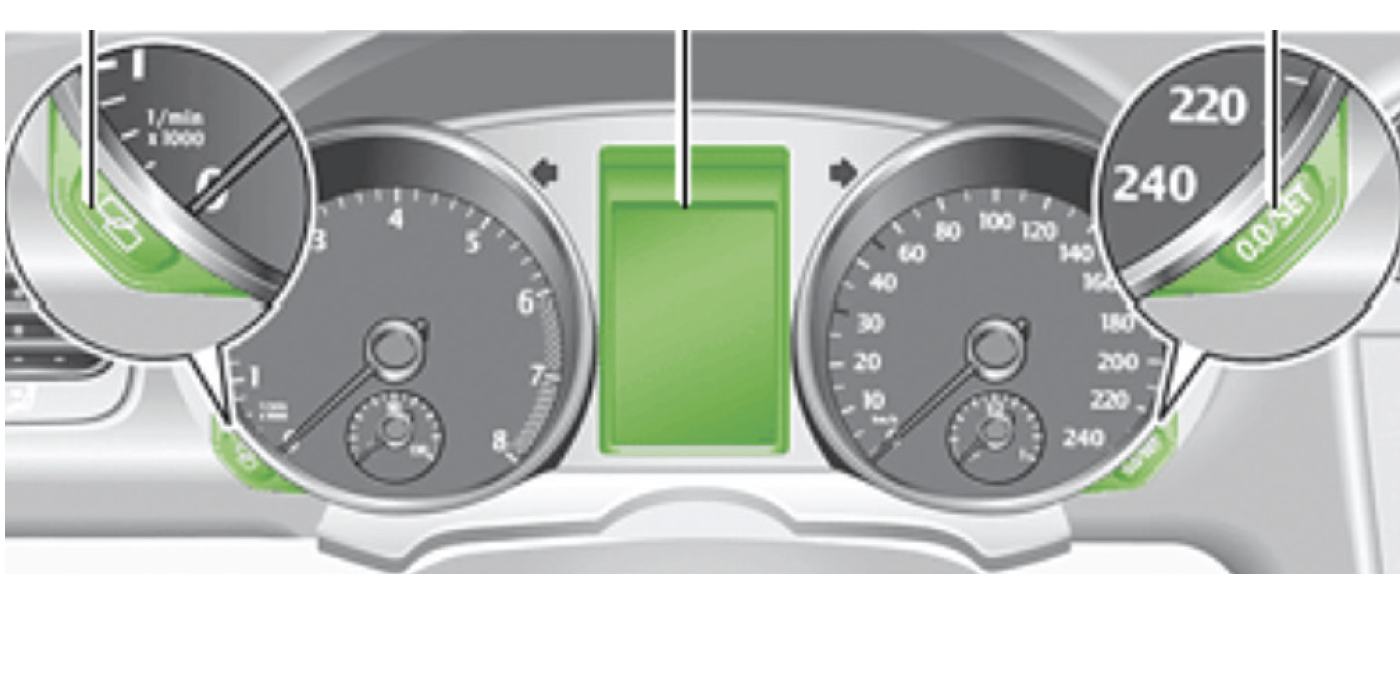Honda
Honda has a well-deserved reputation for overall vehicle reliability, which extends to the ABS system. For the most part, bleeding the system will present no unusual problems.
Caution: A word of warning when working around the accumulator and modulator assembly. The brake fluid is under thousands of pounds of pressure (3,625-5,075 psi). Be sure to relieve the stored pressure before working on the unit. It’s easy enough. Just put your brake bleeder hose on the unit bleeder, with the other side in a container, and open the valve to relieve the pressure. When the unit is replaced, it should be bled. The first obstacle you will encounter is filling the ABS reservoir. We use a plastic syringe to push the fluid in.
Once full, the bleeding procedure is straightforward. Perform the same steps as if to relieve the pressure, leave the valve open, and have an assistant start the engine and let it idle. The ABS pump will run as it tries to build pressure. This will push the air and fluid out of the bleeder valve. Once you get clear fluid, the system should be bled. You may have to repeat the process a couple of times, so be sure that you maintain the fluid level in the reservoir.
Once the fluid is clear, start the engine. Make sure that the ABS light goes out and you have a good brake pedal. If you have a stubborn one, pressure bleeding may be in order. Using a hand pressure pump with a 3/8″ hose attached, firmly hold the hose over the filler of the full reservoir. Have an assistant start the engine. While the engine is idling, pressurize the system until resistance is felt in the pump. Turn off the engine and slowly open the bleeder until the pressure is released. It may take as many as five times to remove all of the air.
Be sure to check for codes when you are done. Chances are that you will have a motor overrun code as a result of letting the ABS motor run longer than the ECU would expect it to. This is the same code you’ll get when the fluid has gotten low as a result of the previously mentioned leak problem.
To clear the codes, remove the 15-amp fuse, numbered B2 in the underhood ABS fuse relay box. Again, be careful by making sure that you have a helper start the car while you’re under the hood holding the bleeder hose on the bleeder. We all know what brake fluid can do to paint. And, I know that I don’t have to remind you to wear eye protection.
There are a couple of things that are critically important when performing brake system service not only on Hondas, but on any car equipped with ABS. The days of pushing pistons back to replace pads without opening the bleeder valves are gone. The risk of pushing dirty fluid back into the ABS modulator is just too great to take the chance. Besides, you wouldn’t perform a brake service without flushing and bleeding the system, so the bleeders will have to be opened anyway.
If you’re selling brake fluid changes, good for you. If you’re not, you should certainly include it with a brake service. Done at that time, it adds little to the invoice but ensures a high-quality job.
Delphi/Delco VI
The Delphi/Delco VI was introduced in 1991 as an option on Saturn, Buick Skylar, Oldsmobile Cutlass Calais and Pontiac Grand Am models, it soon became standard equipment on most General Motors front-wheel drive passenger cars until 1998.
Before the brakes can be bled, the front and rear displacement pistons in the modulator must be in the top most or “home” position with their check balls unseated. If the pistons are not in this position, they will not allow the brakes to be bled.
The two ways to home the pistons are with a scan tool (which is the preferred technique) or with a special manual procedure. If using a scan tool, select the “ABS Test” mode, then the “manual control” or “motor rehome” option. The motors in the modulator can now be commanded to drive the pistons to their home positions. The motors will not return to their home positions, however, if the ABS warning light is on or if there are any fault codes present in the system. All faults must first be repaired and all codes cleared before the pistons can be homed.
Once the pistons have been homed, bleed the modulator starting with the rear bleeder screw first. Attach a length of clear tubing to the rear bleeder screw, and submerge the other end in a clear container partially filled with brake fluid. Open the bleeder screw one more turn and apply pedal pressure. Close the bleeder screw when the pedal bottoms out. Repeat until no bubbles are in the fluid. Then repeat this procedure for the front bleeder screw on the modulator.
Once the modulator has been bled, the brake lines can be bled manually or with pressure equipment in the following sequence: right rear, left rear, right front, left front.
To bleed the system without a scan tool, start the engine and allow it to run for at least 10 seconds, making sure the ABS warning light is off. Do not touch the brake pedal during this time. This will allow the ABS system to initialize itself. Make sure the ABS warning light goes out after three seconds (if it remains on, further diagnosis with a scan tool will be necessary before the system can be bled.) Turn the ignition off and repeat this procedure a second time. Turn the ignition off and bleed the modulator and brake lines using the same procedure described above.
Bendix 10
When filling the system with brake fluid, a special procedure is needed to assure a complete fill. Air inside the system may set a primary pressure/delta pressure fault message.
Fill the reservoir to the full mark.
Start the engine and pump the brakes until the booster pump/motor assembly turns on.
Stop pumping the brakes and wait for the pump to shut off.
Recheck the fluid level and add as needed.
Before bleeding the brake lines (manual, pressure or vacuum), depressurize the accumulator (pump pedal 40 times with key off). Then proceed as usual using the following sequence: left rear, right rear, left front and right front.

